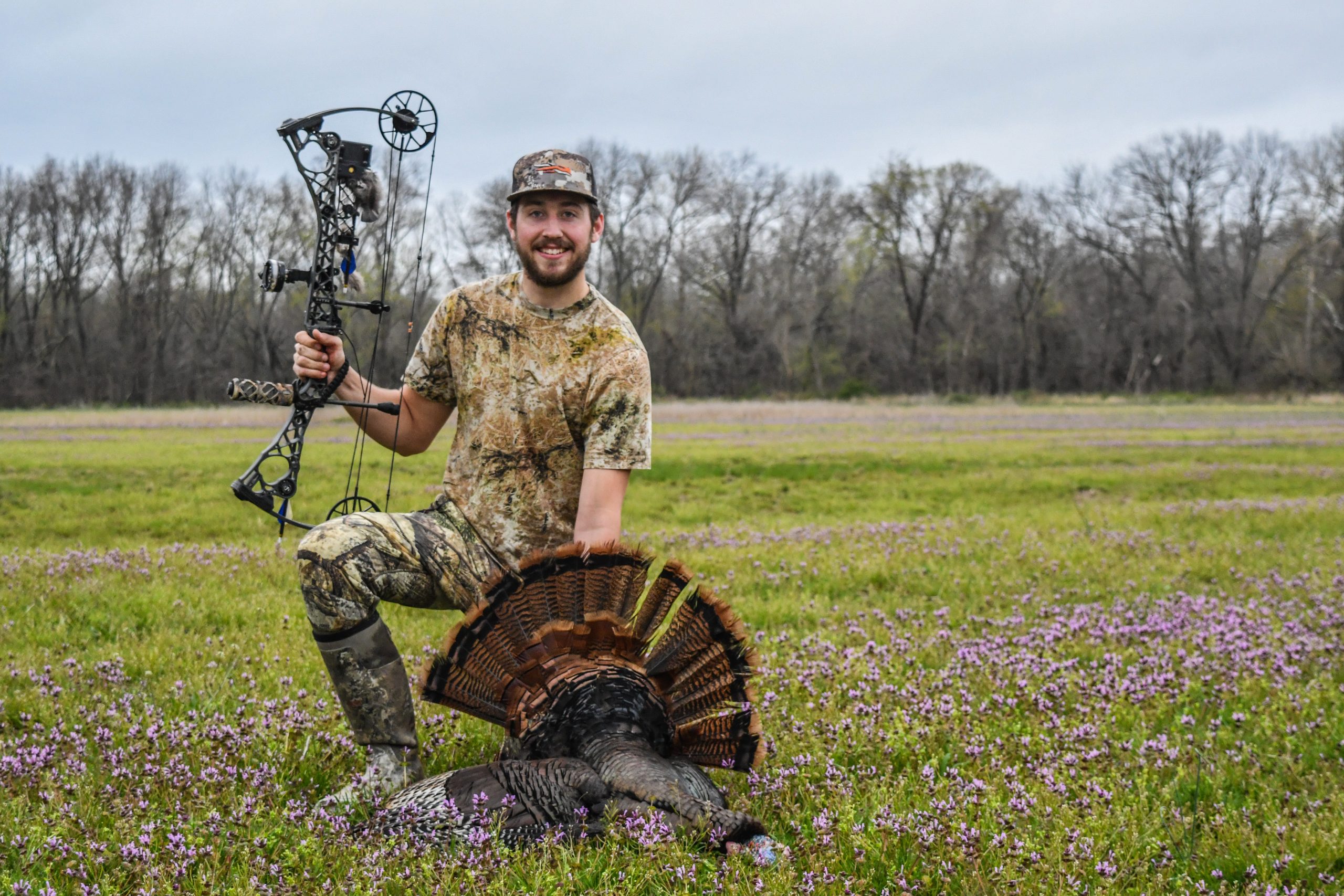Spring turkey season is a hunter’s playground, but those wary longbeards aren’t going to stroll into your lap without a smart plan. Ambushing a gobbler requires a combination of patience, woodsmanship, and knowing how to set the stage. Whether you’re hunting pressured public land or quiet private property, setting up the perfect spring turkey ambush can make or break your hunt.
Here’s how to do it right—from location scouting to gear placement and calling strategy.
1. Start with Smart Scouting
The key to a deadly ambush is being in the right place at the right time. That starts well before the sun rises.
Pre-Season & Pre-Dawn Scouting:
- Roosting intel: Get out a few days before your hunt and listen for gobbles at first light. Gobblers usually sound off from the roost—locating these trees helps you narrow down your ambush zone.
- Dusting sites and strut zones: Turkeys return to these areas like clockwork. Look for loose dirt, feathers, or tracks.
- Fresh sign: Droppings, scratchings in leaves, and tracks near field edges and logging roads are all solid clues.
Use Trail Cams (Where Legal):
Place trail cameras near known travel corridors or field edges. Patterning movement over a few days gives you insight into consistent turkey behavior.
2. Pick a High-Odds Ambush Spot
Ideal Setup Zones:
- Field edges: Great for early morning or evening ambushes. Toms love to strut where hens can see them.
- Timber funnels: These are natural movement corridors, especially between roosting and feeding areas.
- Hillside benches or ridgelines: These provide cover and elevation, letting you watch without being seen.
Site Characteristics to Look For:
- Cover + visibility: Blend in with natural brush, but make sure you have a clear shooting lane.
- Shade over sun: Set up in shade if possible. Bright sun can reflect off your gear or face, spooking birds.
- Wind direction: Not as critical as scent isn’t an issue with turkeys, but wind can carry your calls in unintended directions. A light breeze toward expected gobbler travel works best.
3. Dial in Your Setup: Blinds, Natural Cover & Positioning
You can go two routes: run-and-gun with natural cover or ground blind for extended sits.
Ground Blinds:
- Best for fields, open areas, or when hunting with youth or camera gear.
- Set up a few days in advance (if on private land) so birds can get used to it.
- Brush it in with local limbs and grass to break up the hard edges.
Natural Cover Setups:
- Tuck into the base of a tree wider than your shoulders.
- Clear leaves and sticks from your sitting area for silent movement.
- Keep the sun at your back—makes it harder for turkeys to pick you out.
4. Use Decoys Strategically
Spring turkeys respond well to visuals, especially when they don’t see a real hen with that gobbling noise.
Decoy Tips:
- Jake + hen combo: Fires up dominant toms who think a younger bird is sneaking in.
- Single hen decoy: Subtle and effective near roost areas or strut zones.
- No decoy: If hunting pressured birds, sometimes less is more.
Placement matters:
Put the decoy about 15-20 yards in front of your position, ideally angled slightly toward your shooting side. This keeps the tom’s attention and body facing you for a clean shot.
5. Call with Purpose, Not Overkill
In an ambush, you’re not trying to bring birds in from miles away—you’re working turkeys already in the area.
Calling Strategy:
- Start soft: Tree yelps and soft clucks at daybreak if you’re near the roost.
- Use purring and soft yelps as turkeys get close—think “talking them into range.”
- Shut up when needed: Sometimes silence triggers curiosity, especially if a gobbler has heard you and suddenly can’t locate the “hen.”
6. Be Patient—and Ready
Once you’re set up, stay still. Turkeys have incredible eyesight and can pick up the smallest movement.
Sit Tight Tips:
- Use a comfortable cushion or low-profile chair.
- Rest your gun on your knee or shooting sticks.
- Keep gloves and a face mask on at all times.
When that tom approaches, don’t rush the shot. Wait for a clear head or neck shot with minimal obstruction.
Final Thoughts
The perfect spring turkey ambush isn’t just about sitting still in the woods—it’s about knowing where to sit and why. A well-placed ambush cuts down on pressure, minimizes mistakes, and ups your odds when that big tom comes looking for love.
So get out there, scout smart, set up with purpose, and when the moment comes—stay still, breathe deep, and let the thunder roll.


